The current pandemic with the SARS-CoV-2 virus shows how important hygiene measures are to avoid its spread. But despite all the rules, not everything can be cleaned with disinfectants. The aerosols in the air, for example in waiting rooms, and the deposited viruses on surfaces of daily contact are the risks that can be reduced with UVC technology.
Corona viruses are infectious organic structures of only 12-160 nm in size that spread outside cells in the environment. But they can only multiply within a suitable host cell. Once billions of viruses have been thrown out, for example by coughing, they spread throughout the environment and wait for the next host. They are not viable, but only capsules with a program to reproduce them. They can neither divide nor have a metabolism and always depend on a host cell to multiply. Stability in the environment depends on many factors such as temperature, humidity and surface conditions. According to current knowledge SARS-CoV-2 can remain infectious for up to 3 hours in the air, up to 4 hours on copper surfaces, up to 24 hours on cardboard and up to 2-3 days on stainless steel and plastic.

The virus information is contained in the capsid in the form of single-stranded DNA or RNA. Whether RNA or DNA, the mechanism of UVC destruction of these molecules is very effective. The radiation penetrates the viral envelope and hits the genetic material. As with DNA, RNA forms pyrimidine dimers and additional uridine hydrates. The information for reproduction is lost, the virus is no longer virulent and the infection cycle is broken.

Depending on the virus, a certain dose of UVC is needed to block it. The lethal dose needed to destroy 90% of a virus type is called LD90. With influenza viruses it is simply done with 2 mJ/cm², with Corona there are unfortunately very few values, but most experts consider an LD90 of 2.5 mJ/cm² to be realistic. However, it is also important whether the viruses are to be inactivated in the air, droplets, sputum, blood or water. To disinfect a smooth surface even to 99.9 %, about three times the LD90 dose is required, i.e. between 7.5 and 10 mJ/cm² for corona viruses.

In waiting rooms where many people stay in confined spaces, the concentration of viruses and bacteria in the air increases significantly. Coughing and sneezing releases tiny droplets of viruses into the air. Circulating air disinfection units such as the V-Lab suck in the air and effectively irradiate it with UVC. On the outlet side, up to 100 m³ of air per hour is blown out with 99% - 99.9% fewer viruses. The V-50 offers a small solution suitable for offices with up to 50 m³/h and a 90% reduction.
On an industrial scale, the same is done by the V-series units with 300, 500 or 1000 m³ per hour. 12 mW/cm² at an irradiation time of approx. 1 second delivers a 4 log reduction of coronaviruses (99.995 %). A targeted airflow protects service staff and customers while creating areas of high air quality.
Circulating air disinfectors

The use of UVC brings back some of the security that allows normal business operations in many life situations. Breathing air and the surfaces can be effectively freed from viruses. Smartphones, bags, work tools and supplies are discarded after use in a sterilized state. UVC concepts cannot stop a pandemic, but they can be an important component in significantly reducing the virulence of viruses, thus protecting against many new infections.

 Water
Water
 Air
Air
 Surface
Surface
 Special
Special
 Accessories
Accessories




 Accessories
Accessories





